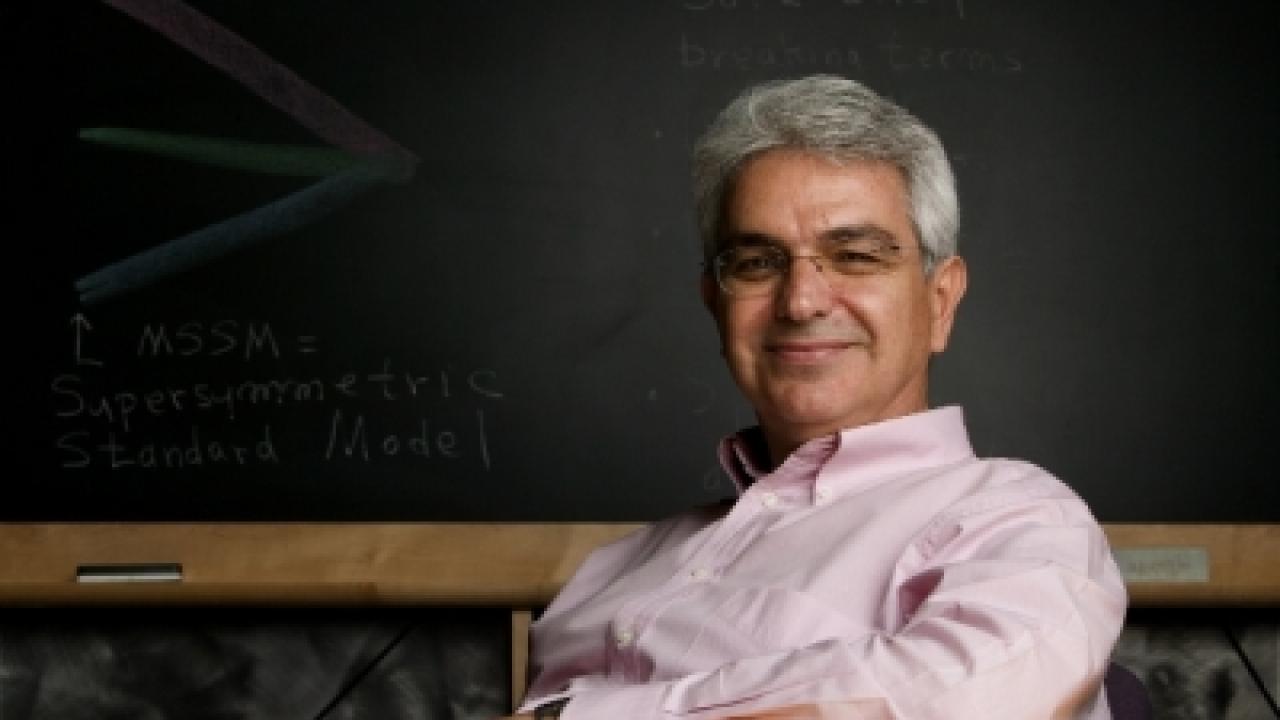
What might a philosopher of the universe study? Just ask
Stanford University Particle Physicist Savas Dimopoulos about his
research and you will hear terms like supersymmetry, extra
dimensions, multiverses, naturalness and more - all different
scenarios that theoretical physicists are considering as a way to
explain some of the outstanding anomalies within our universe.
Anomalies that, if understood, could answer fundamental questions
concerning our universe and why it sometimes behaves according to
current physics models and at other times completely defies our
current system of strategic logic.
For example, two of the four fundamental forces of the universe
are the weak force and gravitational force. While gravity can act
over long distances, such as the length of a galaxy, the weak force
is limited to subatomic scales. Yet, the weak force is a staggering
1032 times stronger than gravity. For physicists, this is a problem
and they call it the hierarchy
problem.
The hierarchy problem is just one of a handful of topics that
rival the physical principle called naturalness
- a principle that has worked for many physics models in the past
including scientists' prediction of all the different particles
that comprise the Standard Model. However, certain observations
such as the mass of the Higgs boson and value of the cosmological
constant have values smaller than what the naturalness principle
predicts.
In his talk at SUSY 2013 at ICTP, Dimopoulos addresses these
various observations that violate the naturalness principle and
offers three possible paths to lead the way forward. The first:
"stick with naturalness no matter the cost". The second: stick with
a different model called the
Minimal Supersymmetric Standard Model "no
matter the cost". And the third: "abandon naturalness" and adopt a
system that relies on a vast multiverse - up to 10500
universes.
Each path that Dimopoulos proposes represents a different set of
rules that outline logical methodlogy physicists should follow when
describing what they observe here on Earth and throughout our
universe. The challenge is that all observations do not lie on a
single path. One possible resolution would come with the discovery
of the theorized "partner" superparticles for every known subatomic
particle in the Standard Model. Such a discovery could be possible
if physicists could observe particle interactions at very high
energies, on order 10 TeV, which the LHC will embark upon in 2015.
This story is part of the Focus Feature on SUSY 2013. Go to the Focus Feature webpage for the complete coverage.
















